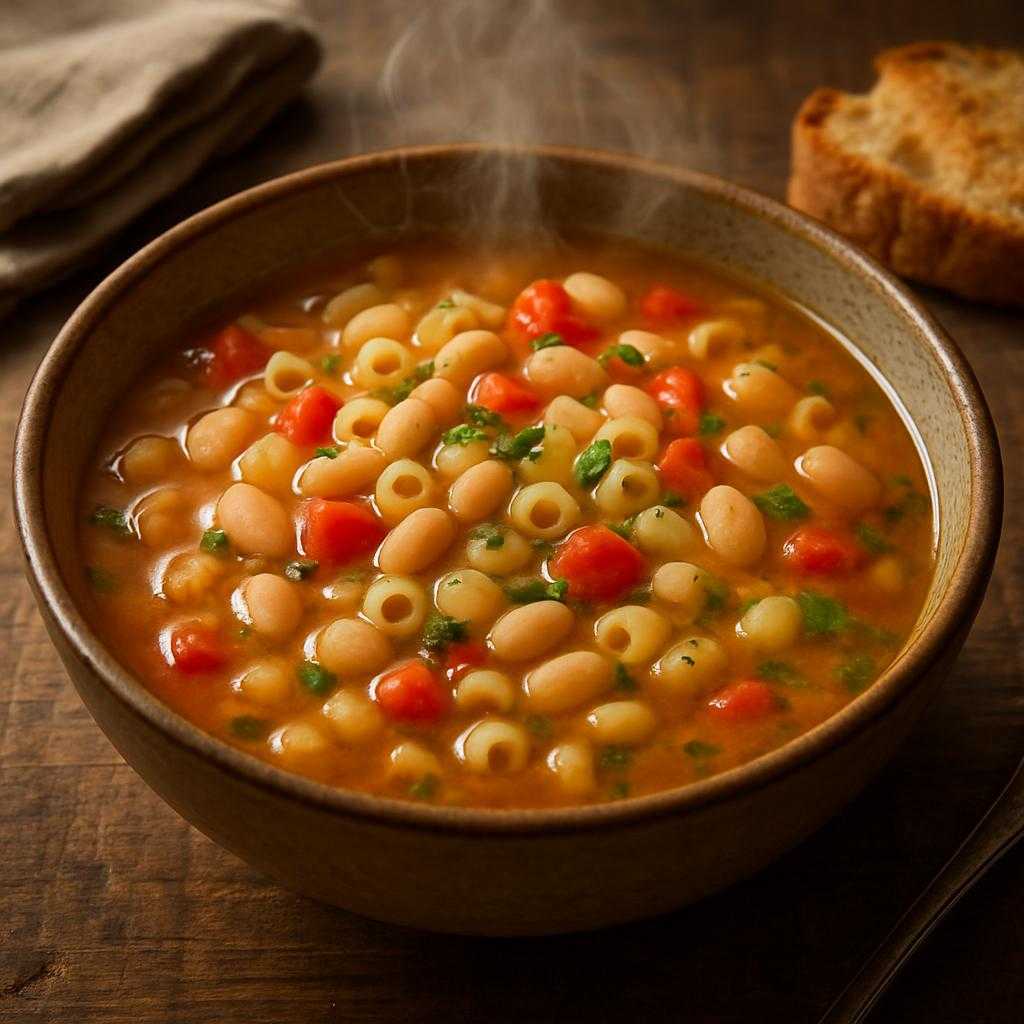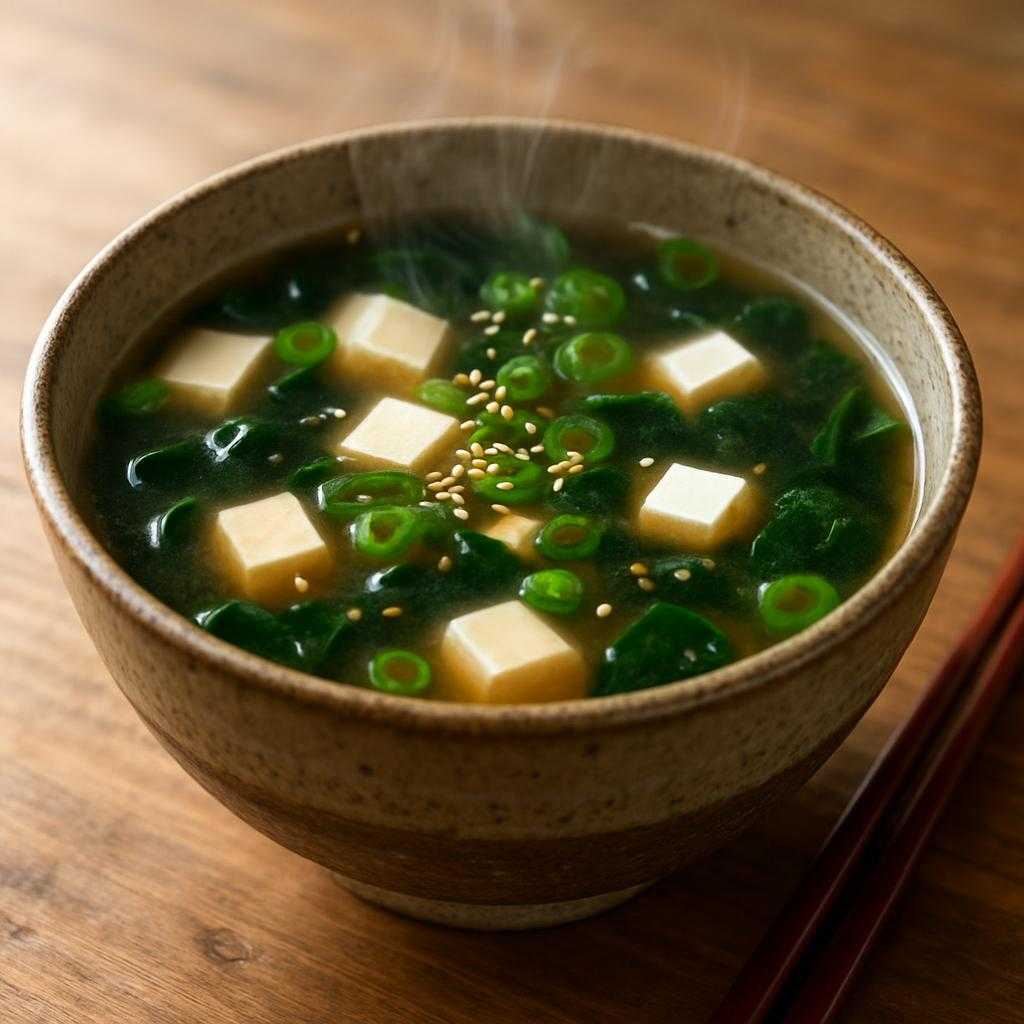Pasta Primavera is a vibrant and fresh Italian-inspired dish that celebrates the best of spring and summer vegetables tossed with al dente pasta in a light, flavorful sauce. This recipe combines a rainbow of crisp, sautéed vegetables with tender pasta, fresh herbs, and a hint of citrus, making it both comforting and refreshing. Perfect for a quick weeknight dinner or a beautiful weekend lunch, pasta primavera is colorful, wholesome, and a true crowd-pleaser.
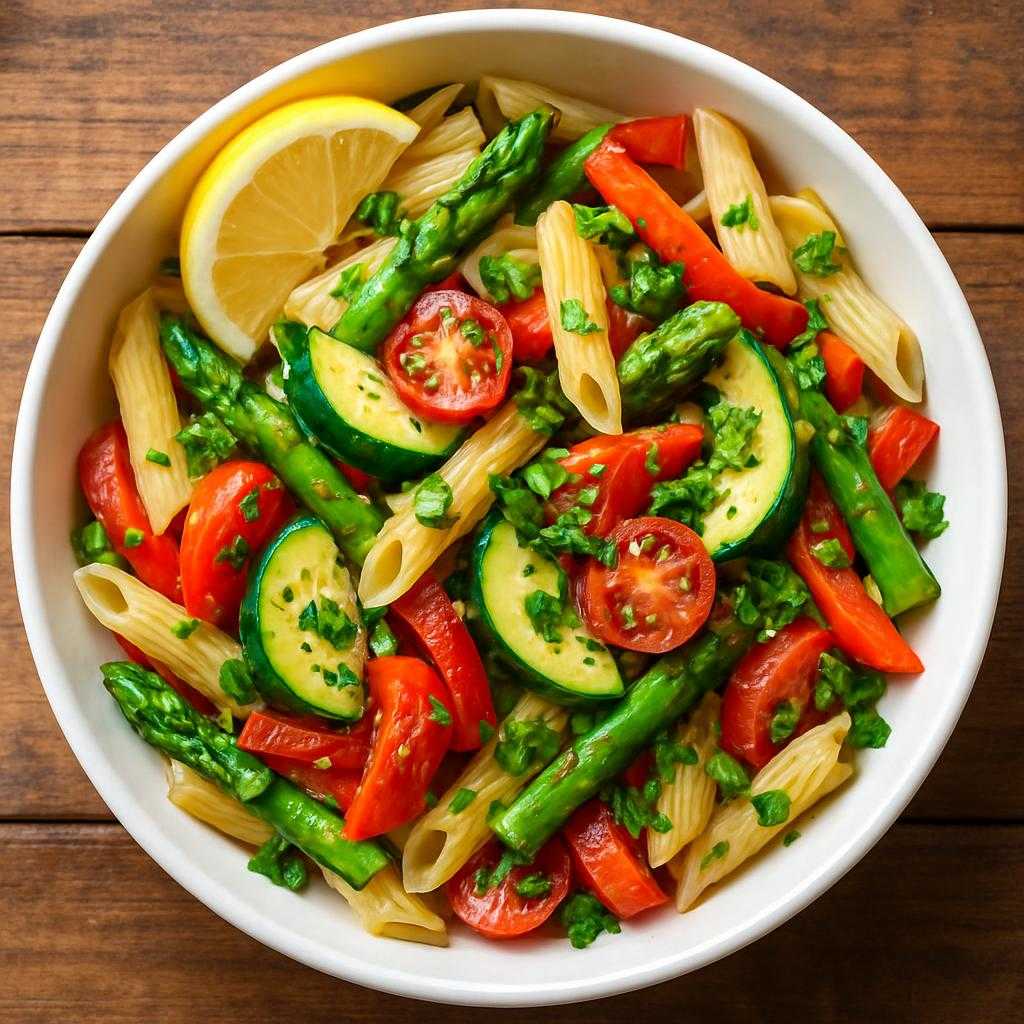
Why You Will Love This Recipe
You will adore this pasta primavera recipe because it strikes the perfect balance between simple preparation and incredible flavor. It’s loaded with fresh vegetables that provide a satisfying crunch and natural sweetness, making each bite delightful. The sauce is light yet flavorful, allowing the freshness of the produce to shine through without being weighed down by heavy cream or cheese. It’s quick to make, ideal for busy lifestyles, and can easily be customized for vegetarian or gluten-free diets. Plus, it’s a great way to sneak in plenty of veggies while still enjoying a comforting pasta dish.
Tips and Tricks
- Use a variety of colorful vegetables to make the dish visually appealing and nutritionally balanced.
- Cook pasta just until al dente and reserve some pasta water; the starchy water helps create a silky sauce that clings beautifully to the vegetables and noodles.
- Sauté vegetables separately based on their cooking times (e.g., start with carrots and bell peppers, add zucchini and asparagus later) to maintain their textures.
- Add a splash of fresh lemon juice and zest at the end to brighten the entire dish.
- Fresh herbs like basil and parsley added just before serving elevate the flavor dramatically.
- Don’t over-salt early in the cooking process; adjust seasoning at the end to avoid overly salty pasta.
Make Ahead Tips
You can chop all the vegetables a day ahead and store them in airtight containers in the fridge. Cook the pasta just before serving for best texture, but you can boil it a few hours in advance, toss it with a little olive oil, and refrigerate. The sauce comes together quickly, so this recipe is perfect for busy weeknights when most prep work is already done.
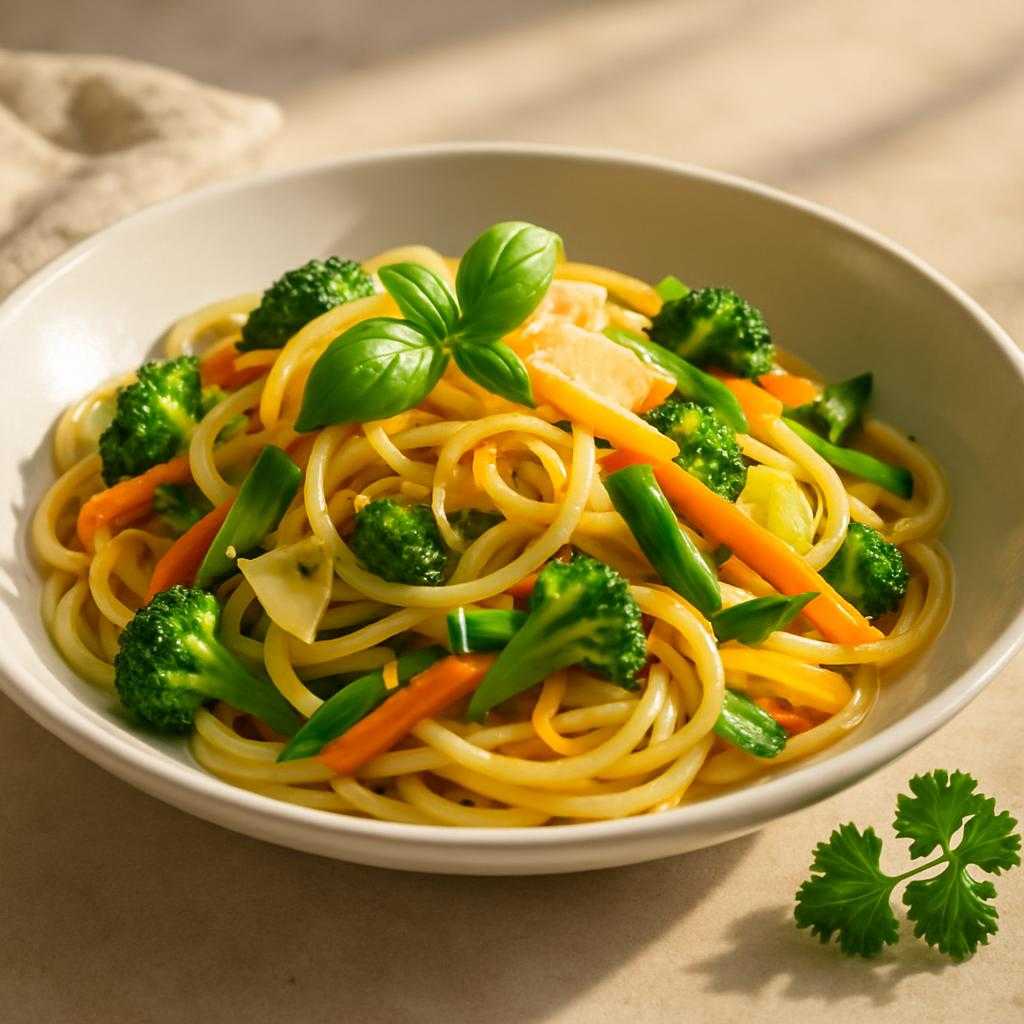
Recipe Variations
- Swap out vegetables seasonally: use cherry tomatoes and peas in summer or butternut squash and kale in fall.
- Add grilled chicken, shrimp, or tofu for extra protein.
- Use whole wheat, gluten-free, or legume-based pasta to suit dietary needs.
- Stir in a dollop of pesto or sprinkle with toasted pine nuts for a flavor twist.
- For a creamier version, add a splash of cream or a sprinkle of Parmesan cheese at the end.
How to Serve
Serve pasta primavera warm, garnished with freshly chopped basil or parsley and a few shavings of Parmesan cheese or vegan alternative. A drizzle of high-quality extra virgin olive oil adds richness. Present it in shallow bowls to showcase the colorful vegetables, with lemon wedges on the side for guests to add brightness as they like.
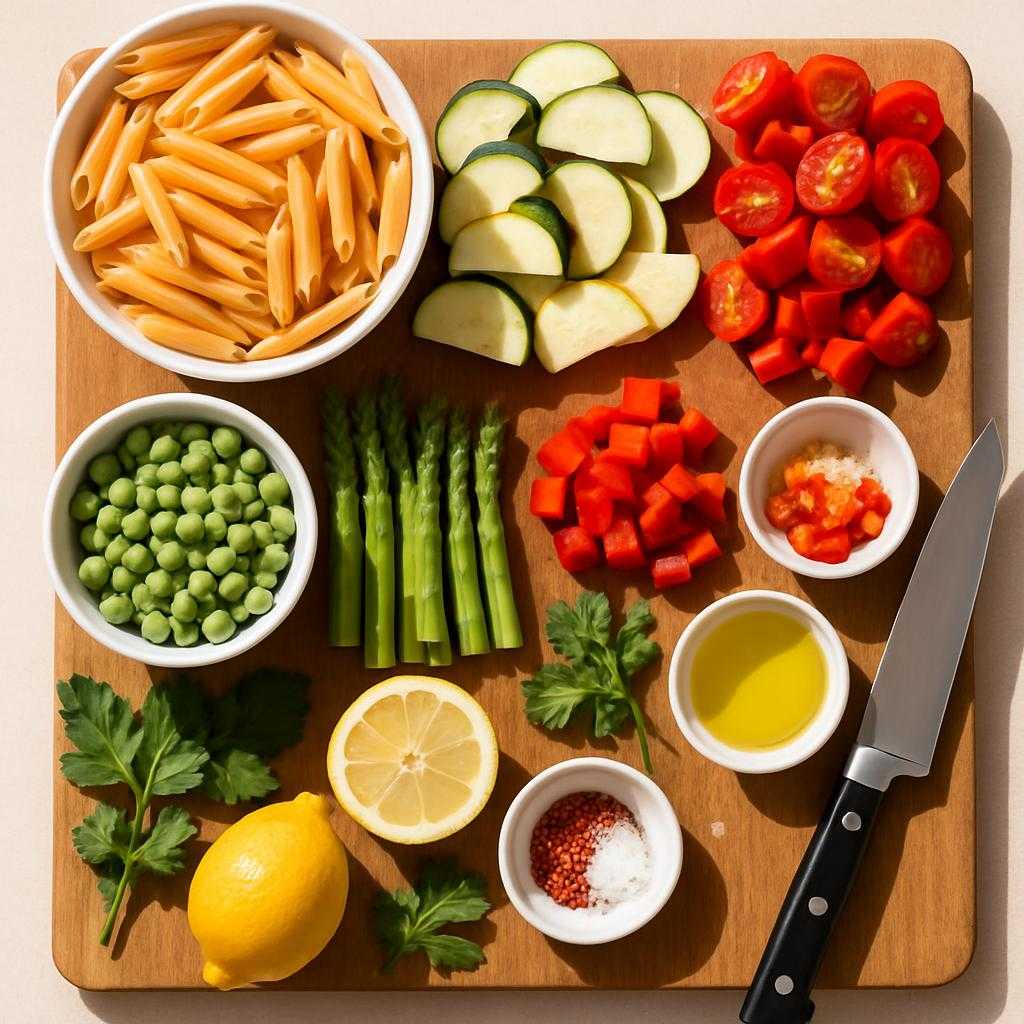
Pairing Suggestions
Pair this dish with a crisp white wine like Sauvignon Blanc or Pinot Grigio to complement the fresh vegetable flavors. A light, citrusy sparkling water or a chilled glass of dry rosé works beautifully as well. For sides, a simple mixed green salad with a tangy vinaigrette or crusty garlic bread rounds out the meal. Finish with a light dessert like lemon sorbet or fresh berries.
How to Store
Store leftovers in an airtight container in the refrigerator for up to 3 days. To reheat, warm gently in a skillet with a splash of water or broth to loosen the sauce and prevent drying out. Pasta primavera is not ideal for freezing since the vegetables may become mushy upon thawing.
Equipment Needed
- Large pot for boiling pasta
- Large skillet or sauté pan for vegetables
- Colander to drain pasta
- Vegetable peeler and sharp knife for prepping vegetables
- Mixing bowl for tossing pasta and veggies
- Citrus zester or microplane (optional, for lemon zest)
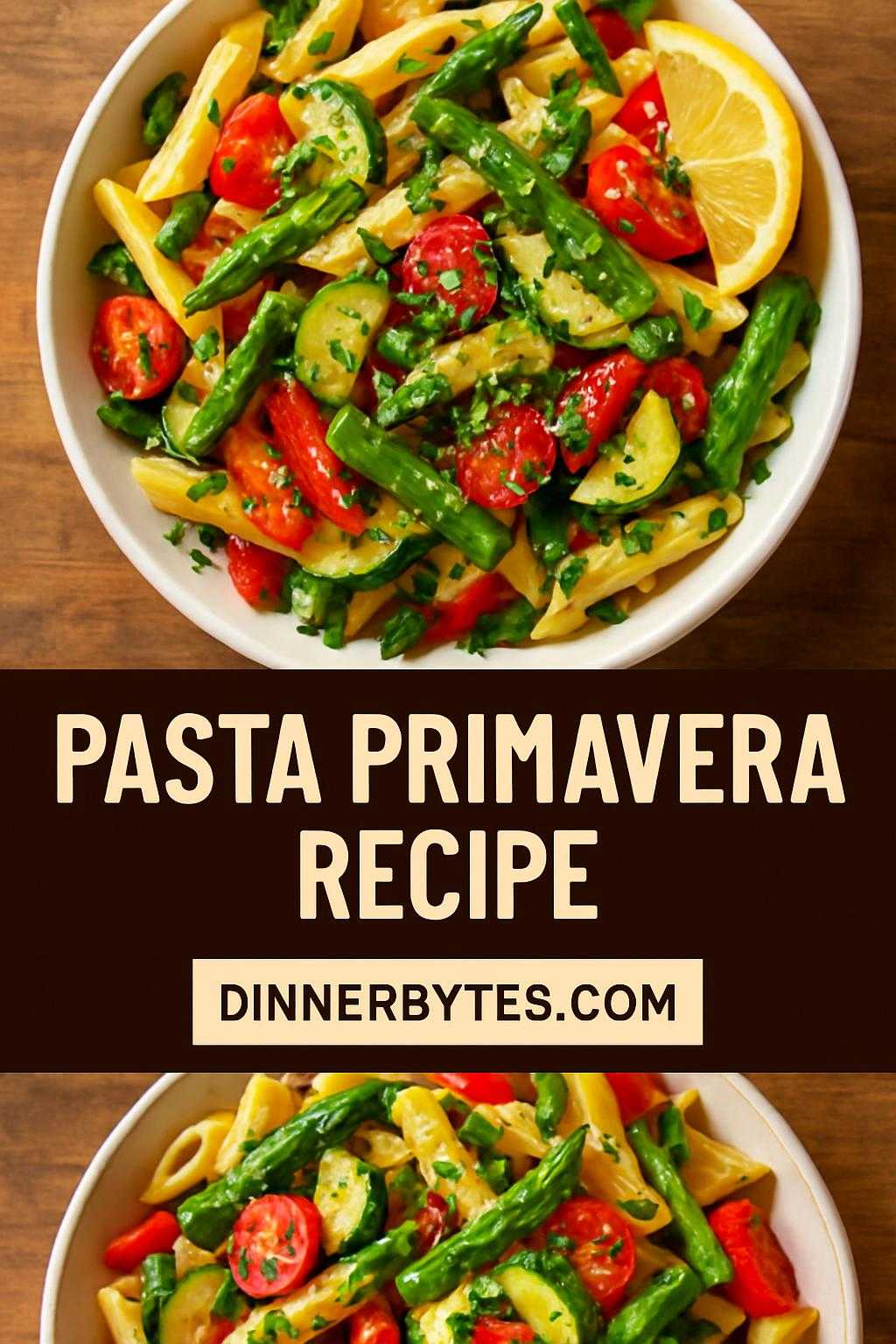
Dietary Adaptations
- Vegan: Use olive oil instead of butter and omit cheese or use a vegan Parmesan substitute.
- Gluten-free: Use gluten-free pasta varieties like brown rice or chickpea pasta.
- Dairy-free: Avoid cheese or substitute with nutritional yeast or dairy-free cheese.
- Nut-free: This recipe is naturally nut-free; avoid pesto if it contains nuts or make a nut-free version.
- Low-carb/keto: Substitute pasta with spiralized zucchini or shirataki noodles.
Seasonal Adaptations
- Spring: Use fresh peas, asparagus, and baby carrots for bright flavors.
- Summer: Incorporate cherry tomatoes, zucchini, and fresh basil.
- Fall: Use roasted butternut squash, Brussels sprouts, and kale.
- Winter: Opt for frozen peas and carrots, and add hearty greens like Swiss chard or spinach.
Recipe FAQs
Can I use frozen vegetables?
Yes, but thaw and drain them well to prevent excess water in the dish.
What pasta works best for primavera?
Medium shapes like penne, farfalle, or fusilli hold the sauce and veggies nicely.
How long does it take to make?
About 30 minutes from start to finish.
Can I make it ahead?
Vegetables can be prepped ahead, but best served fresh.
How do I keep vegetables crisp?
Cook vegetables separately and only until just tender.
How To Make pasta primavera recipe
Pasta Primavera
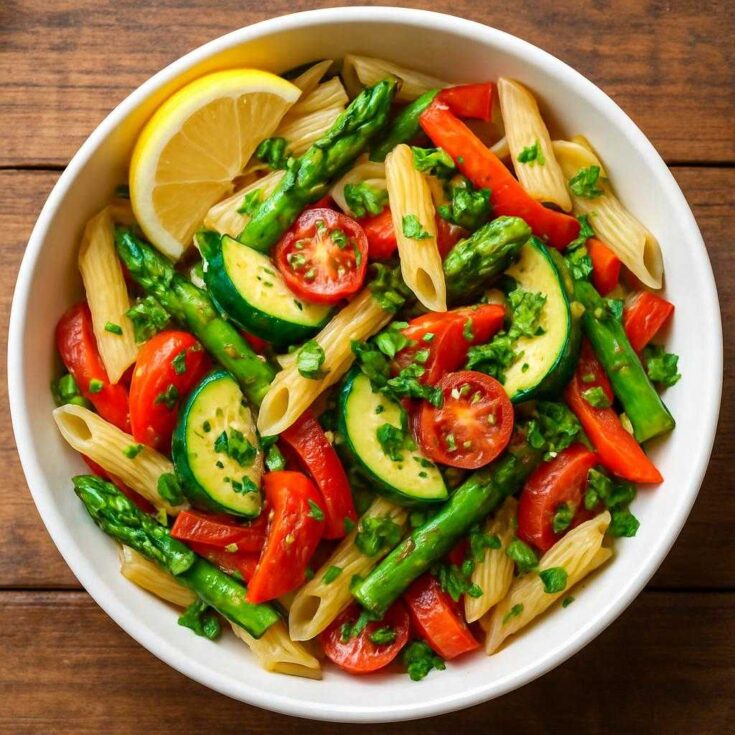
Pasta Primavera is a vibrant and fresh Italian-inspired dish that celebrates the best of spring and summer vegetables tossed with al dente pasta in a light, flavorful sauce.
Ingredients
- 12 oz pasta (penne, farfalle, or fusilli)
- 2 tablespoons olive oil
- 1 medium zucchini, sliced into half-moons
- 1 medium yellow squash, sliced into half-moons
- 1 red bell pepper, thinly sliced
- 1 cup asparagus tips, cut into 1-inch pieces
- 1 cup cherry tomatoes, halved
- 1 cup frozen or fresh peas
- 3 cloves garlic, minced
- 1/2 teaspoon red pepper flakes (optional)
- 1 lemon (zest and juice)
- 1/4 cup fresh basil, chopped
- 1/4 cup fresh parsley, chopped
- Salt and freshly ground black pepper, to taste
- Grated Parmesan cheese or vegan substitute, for serving
Instructions
- Bring a large pot of salted water to a boil. Cook pasta according to package instructions until al dente. Reserve 1 cup of pasta water, then drain pasta and set aside.
- Heat olive oil in a large skillet over medium heat. Add garlic and sauté for 1 minute until fragrant.
- Add the red bell pepper and asparagus tips; sauté for 3-4 minutes until they start to soften.
- Add zucchini and yellow squash; cook for another 3-4 minutes until all vegetables are tender-crisp.
- Stir in cherry tomatoes and peas; cook for 2 minutes until tomatoes begin to soften and peas are heated through.
- Add the cooked pasta to the skillet with vegetables. Toss to combine.
- Pour in reserved pasta water a little at a time to help create a silky sauce that coats the pasta and vegetables.
- Stir in lemon zest and juice, fresh basil, and parsley. Season with salt, pepper, and red pepper flakes to taste.
- Remove from heat and transfer to serving bowls. Top with grated Parmesan or vegan cheese if desired. Serve immediately.
Nutrition Information
Yield
4Serving Size
1Amount Per Serving Calories 294Total Fat 9gSaturated Fat 1gTrans Fat 0gUnsaturated Fat 7gCholesterol 1mgSodium 113mgCarbohydrates 46gFiber 8gSugar 9gProtein 11g
dinnerbytes.com, occasionally offers nutritional information for recipes contained on this site. This information is provided as a courtesy and is an estimate only. This information comes from online calculators. Although dinnerbytes.com attempts to provide accurate nutritional information, these figures are only estimates.
Final Thoughts
Pasta primavera is a timeless, fresh, and colorful dish that brings the best of seasonal vegetables together with comforting pasta in a light, flavorful way. Its versatility, ease of preparation, and vibrant presentation make it a go-to recipe for any occasion, whether a quick weeknight meal or a leisurely weekend feast. With simple ingredients and a few thoughtful tips, you can create a delicious and visually stunning dish that’s sure to impress and satisfy. Enjoy the freshness of spring and summer in every bite!

